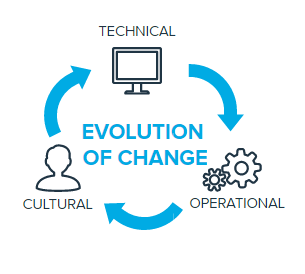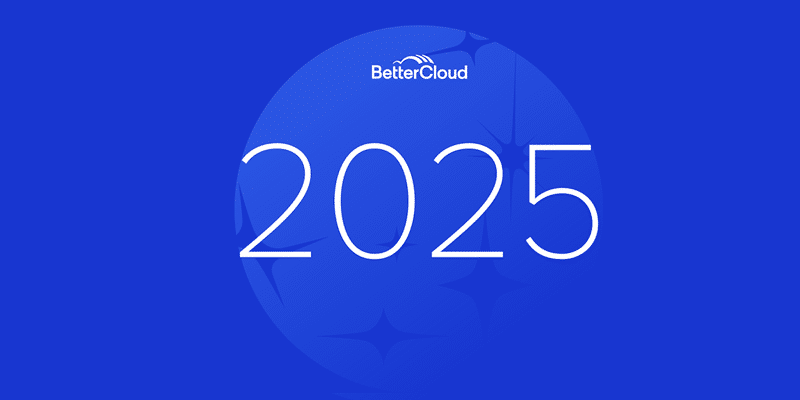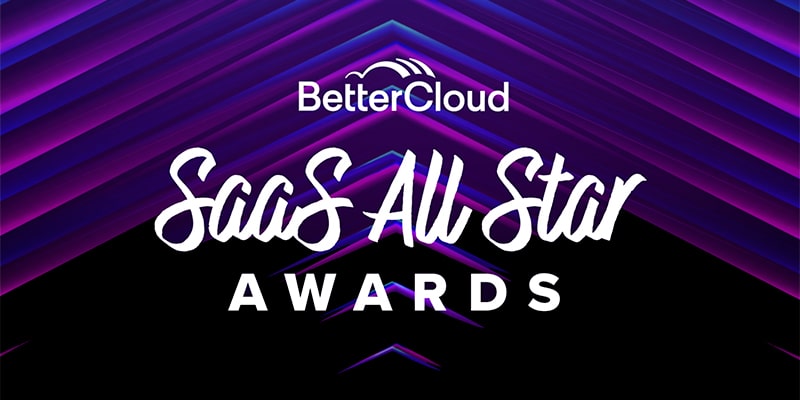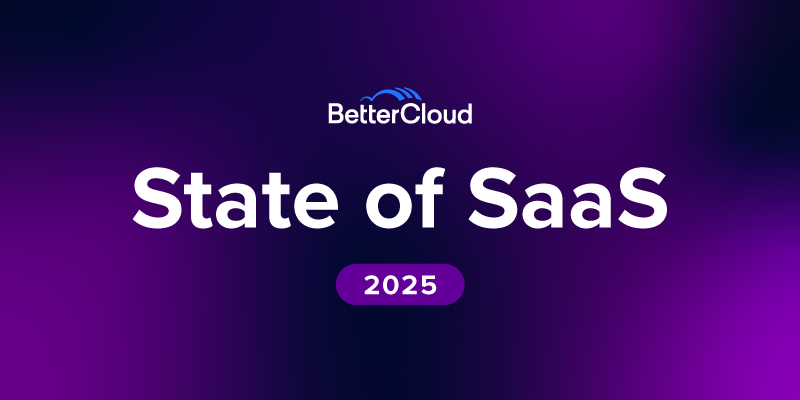The Partner Perspective: Making Change Stick
November 9, 2016
4 minute read

The Partner Perspective is back to answer our first reader-submitted question. For those unfamiliar, The Partner Perspective is a column dedicated to answering your most pressing IT-related questions. You can read the first piece on the top three trending skills in IT here.
This question comes from Michael L., a business consultant in the IT industry.
Kevin, you talk a lot in your previous blogs and in your webinar about creating change. How do you actually make it stick in an organization?
The technical change of an IT project is only half the battle. Most vendors provide services for switching your organization from System A to System B. However, even the most seamless technical changes won’t stick without business change. This is where change management comes becomes key.
Change is a continuum. It starts the moment you decide to deploy a new IT solution, and it continues well after all the IT professionals are out the door. 100% user adoption of a new system on day one is almost impossible, but with continuous change management, maximizing user adoption and maintaining change becomes achievable.
A well planned IT project usually survives its deployment phase, but how do you make sure that management receives its promised return on investment and employees learn to love their new tools? While you can read entire books on the subject, here’s what I’ve learnt so far:
Change is Evolutionary
Change typically evolves through three phases:

The most successful technology changes result in cultural change. However, there is significant dropoff at each evolution. Most projects achieve technical change, but fail to impact the business through transformative operational change. Just a small subset of projects achieve lasting cultural change.
Think of the evolution of change like Pokémon. If technical change is Charmander, operational change is Charmeleon, and cultural change is Charizard. It takes a lot of work to evolve a Charizard, but Charizard is by far the most powerful.
Cultural Change Cuts Across the Noise
Cultural change transcends employee hierarchies, job functions, and departments. Not only do you move to a new way of working, but you also move to a new way of thinking. The recent Wells Fargo accounts scandal provides ample evidence toward the role of culture within a company, even when it’s toxic. (If you need background information on the case, watch Senator Elizabeth Warren “maul” Wells Fargo CEO John Stumpf.)
As Senator Robert Menendez points out in the Senate’s interview of Stumpf, “This isn’t the work of 5,300 bad apples. This is the work of sowing seeds that rotted the entire orchard… You and your senior executives created an environment in which this culture of deception and deceit thrived.”
Start to #ThinkDifferent
The seed of culture starts with changing operational processes. Whether that’s automated workflows as a result of new software, or unrealistic daily quotas for salespeople (as was the case at Wells Fargo), the process within your organization must change. Wells Fargo employees were expected to work late nights and weekends to meet these unrealistic goals to the point that they were “expected to force ‘unneeded and unwanted’ products on customers to satisfy sales targets.”
In an IT deployment project, operational processes can be changed by setting new expectations of what can be achieved. If end users and their managers begin to expect more of a new system, then the mindset of what is possible begins to evolve. With proper training, employees begin to work differently, and finally think differently. #ThinkDifferent
A Tectonic Shift is Necessary
Changes in processes evolve an organization from Charmander to Charmeleon, but that’s not enough to become a Charizard. A new world order must be established for cultural change to happen. Workplace experts have contended that Wells Fargo had a “culture of fear” and “systematic bullying” which catalyzed the operational changes trying to be achieved. When an organization changes its culture to push operational objectives, you can bet that the original technical changes will stick.
Although the Wells Fargo scandal is far from the ideal model for rolling out change, the story it tells underlines the role of culture in transforming organization and making a change stick. A shift in culture requires a tectonic movement within an organization. Had bank employees been told to reach unattainable goals without consequences, Wells Fargo would not be in the pickle it finds itself in today.
Teaching a Man to Fish Isn’t Enough
The saying goes, “Give a man a fish, and you feed him for a day. Teach a man to fish, and you feed him for life.” What’s not addressed in this parable is the recognition of cultural change. If you teach a man to fish yet continue to give him a fish a day, he will never change his behavior. The fishing rod is the technical change in his life, the change in operations is his ability to fish, and the change in culture is his understanding that he will now starve if he doesn’t fish.
As companies grow and the adoption of technical changes accelerates, we IT managers must remember that the stickiness of change is dependent on successfully changing operations and the culture within our organizations. When cultural change is achieved, the very foundation of your business will change. Whether for good or for bad, as was the case with Wells Fargo, the impact is always significant. A Charmeleon is good, but a Charizard will always be better.
Have a question you’d like me to answer? Take 10 seconds and submit it here.
Who is Kevin Liu?

 I am currently the Partner Manager at Avalon Solutions, based in Stockholm, Sweden. In my role, I help companies big and small move their business processes to the cloud. This seemingly innocuous journey can sometimes be riddled with obstacles and it’s my job to make the transition as smooth as possible through the aid of the right tools.
I am currently the Partner Manager at Avalon Solutions, based in Stockholm, Sweden. In my role, I help companies big and small move their business processes to the cloud. This seemingly innocuous journey can sometimes be riddled with obstacles and it’s my job to make the transition as smooth as possible through the aid of the right tools.
In my spare time, I enjoy cooking, traveling, and binge watching Netflix. With over 2150 movies under my belt, I’m not your average couch potato.






